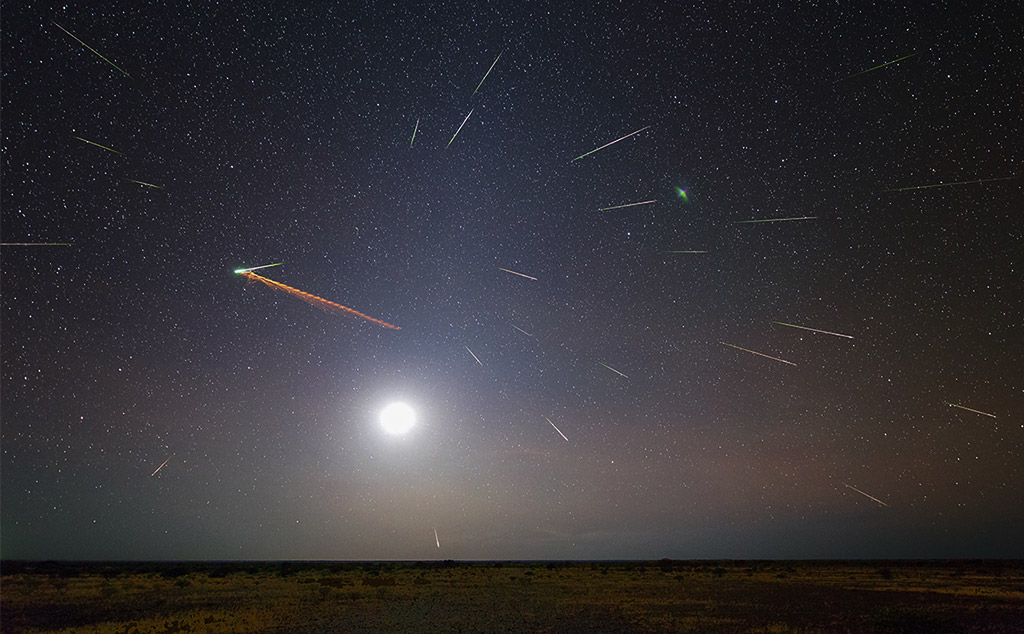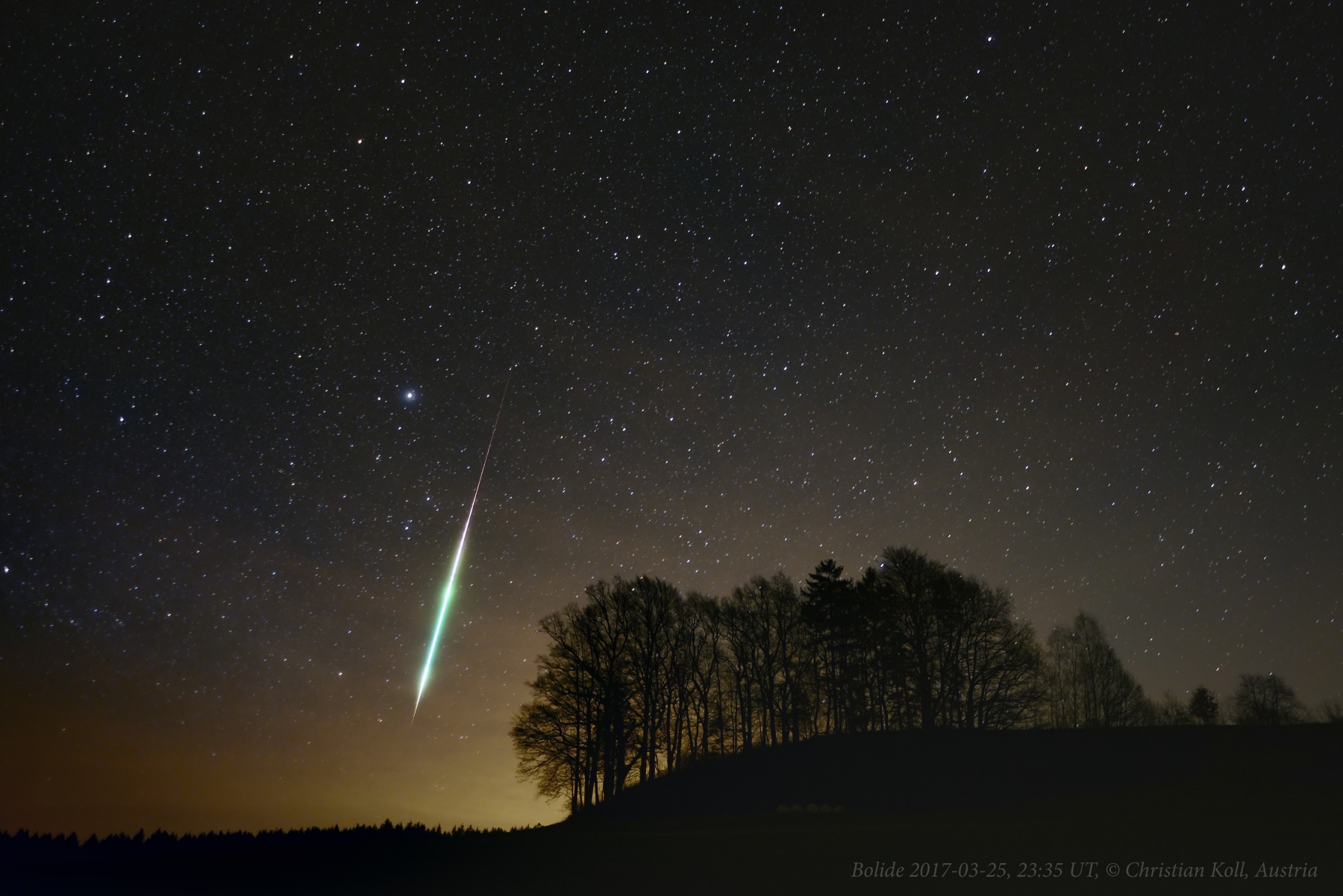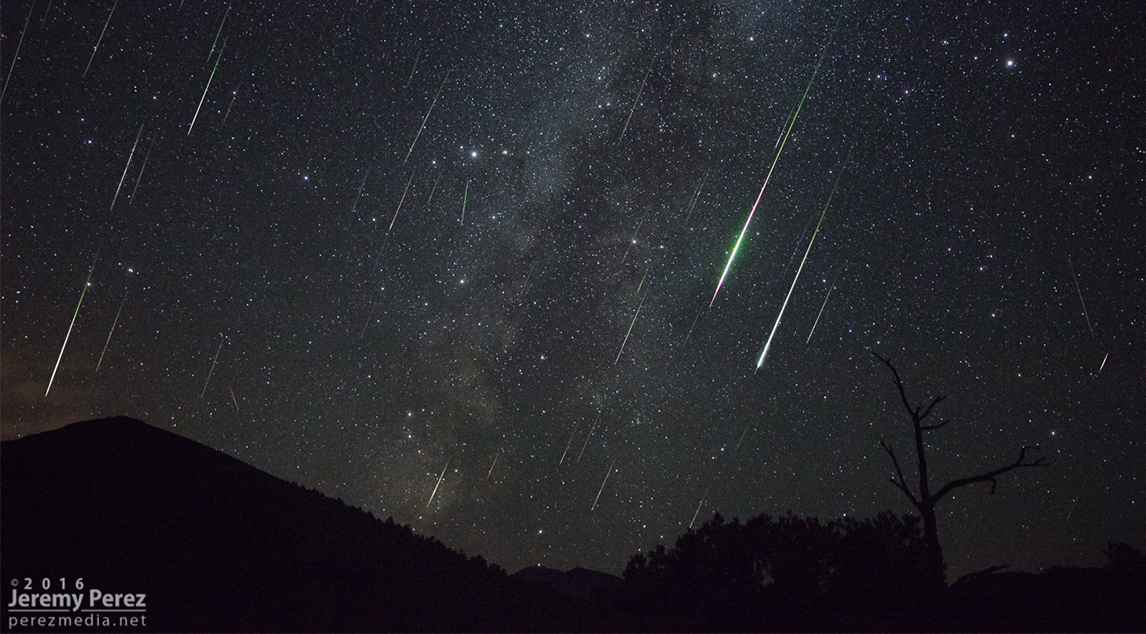
Meteor Activity Outlook for May 6-12, 2017
The estimated total hourly meteor rates for evening observers this week is near 2 for those viewing from the northern hemisphere and 3 for those located south of the equator. For morning observers the estimated total hourly rates should be near 12 as seen from mid-northern latitudes (45N) and 20 as seen from tropical southern locations (25S).
 American Meteor Society
American Meteor Society



















